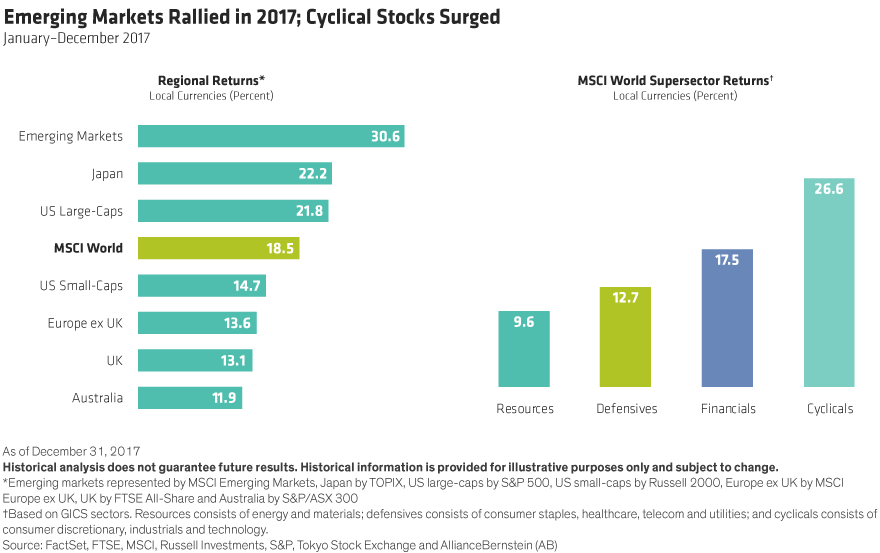by Jeffrey Saut, Chief Investment Strategist, Raymond James
Much has been written recently about the yield curve. According to Wikipedia:
In finance, the yield curve is a curve showing several yields or interest rates across different contract lengths (2 month, 2 year, 20 year, etc.) for a similar debt contract. The curve shows the relationship between the (level of the) interest rate (or cost of borrowing) and the time to maturity, known as the “term,” of the debt for a given borrower in a given currency.
It is espoused that the flattening yield curve is telegraphing the potential of a recession in the not too distant future. As reflected in Barron’s a week ago:
Who’s afraid of a flat yield curve? The typical investor is – in the same way a vampire dreads a cross. When the market flashes a flat yield curve, investors instinctively raise their hands in defense, expecting an inverted curve to follow. There’s a reason for this emotional response: Each of the past seven recessions has been preceded by an inverted yield curve. With the curve – the spread between the two-year and 10-year Treasuries – flattening as of late, there’s growing nervousness about an inverted yield curve next year and a recession thereafter.
Yet, as Jones Trading’s David Lutz writes:
Richard Turnill, global chief investment strategist at BlackRock said last month that “the flatter curve is not a recessionary signal” - He noted that the flattening has been due to rising two-year yields in response to expectations for the Fed rate to rise. “This shows greater market confidence in the Fed nudging up rates mainly due to the better growth and inflation outlook,” he said. Mr. Turnill added that strong demand for longer-term debt issues has also been pressuring the long end of the curve.
Of interest is that investors tend to not pay much attention to the yield curve when it is steep, but let it flatten, and they pay WAY too much attention to it despite the fact that a flattened curve historically has been a pretty good occurrence for equities. As Rich Bernstein, of Richard Bernstein Advisors (RBA), writes:
[Chart 1 on page 2] shows historical expected returns and probabilities of a negative return for varying ranges of yield curve slopes. Note that the stock market’s expected return was about 17%, [and] the expected return was negative only 12% of the time, and the 12-month potential drawdown was the shallowest when the spread between the 10-year and 2-year t-notes was between 0 and 50 bps.
Accordingly, we are not all that concerned with the shape of the yield curve.
As for the equity markets, we found this quip from Tom Bowley, of StockCharts.com’s Trading Places with Tom Bowley, to be very insightful:
Here's another new year's resolution. Always follow the trend until there's no more trend. I've heard countless times since the 2009 bottom that the bull market ended. Really? Take a look at the S&P 500 chart [Chart 2 on page 3]. Are we in a bull market? Seriously, is this even a question that needs answering? Whether you understand the reasons for it, the stock market is absolutely on fire and sitting back and waiting for the next bear market is not a great strategy when prices are rising without pause. I noted the last two periods when the S&P 500 index moved back above its 20 month EMA (periods between the green vertical lines). Note that we had a 4 1/2 year period from mid-2003 to the end of 2007 without an S&P 500 monthly close beneath its 20 month EMA. From late-2011 through mid-2015 we saw the same thing - nearly a 4 year period without a 20 month EMA failure. We began our last such move above the 20 month EMA in early-2016 so we've yet to trade two years above this 20 month EMA. Is this latest move higher just beginning? I could argue that it is. Obviously, the best long-term entry point into this bull market would be after a 10% correction where the S&P 500 would trade much closer to its 20 month EMA, but how long will that take? Can you afford not to invest in one of the best bull markets of our time?















